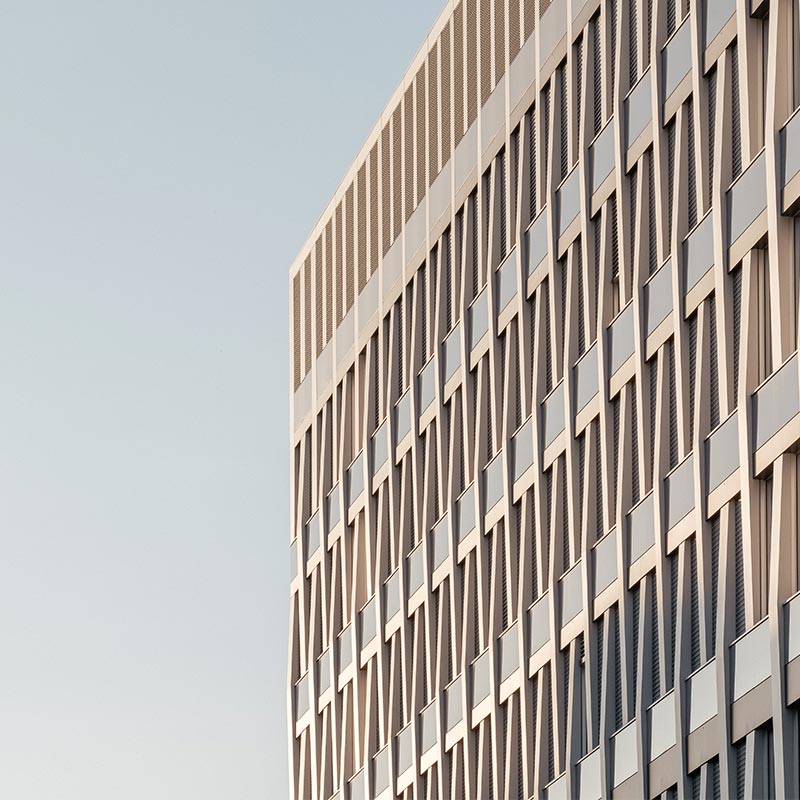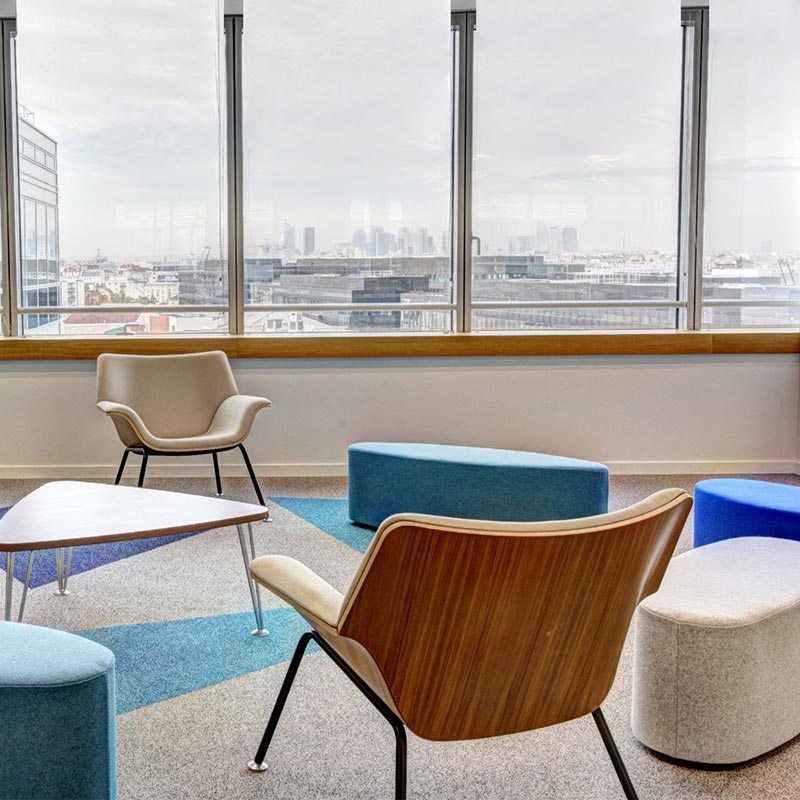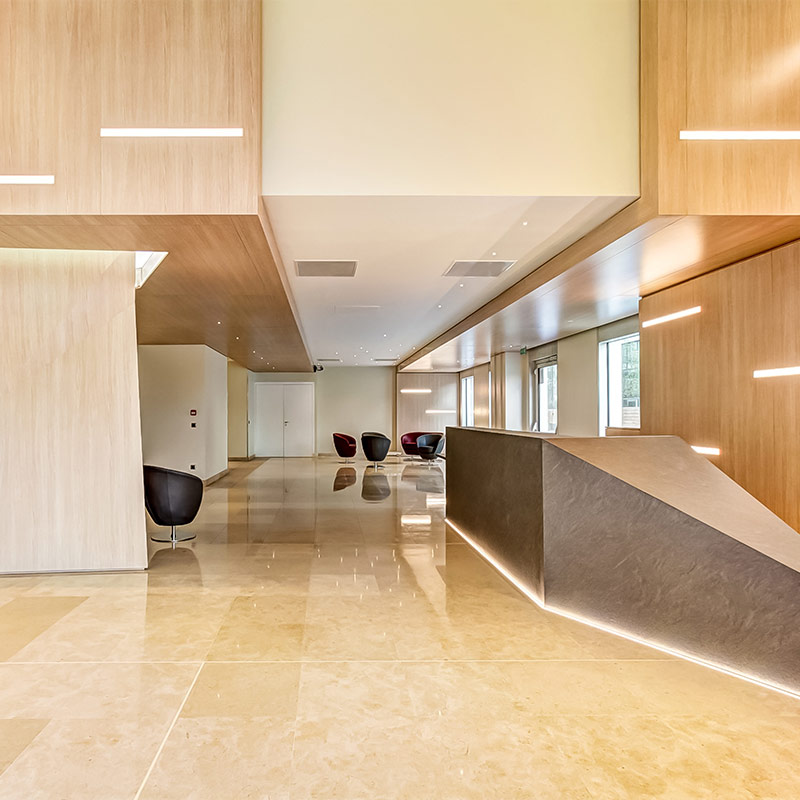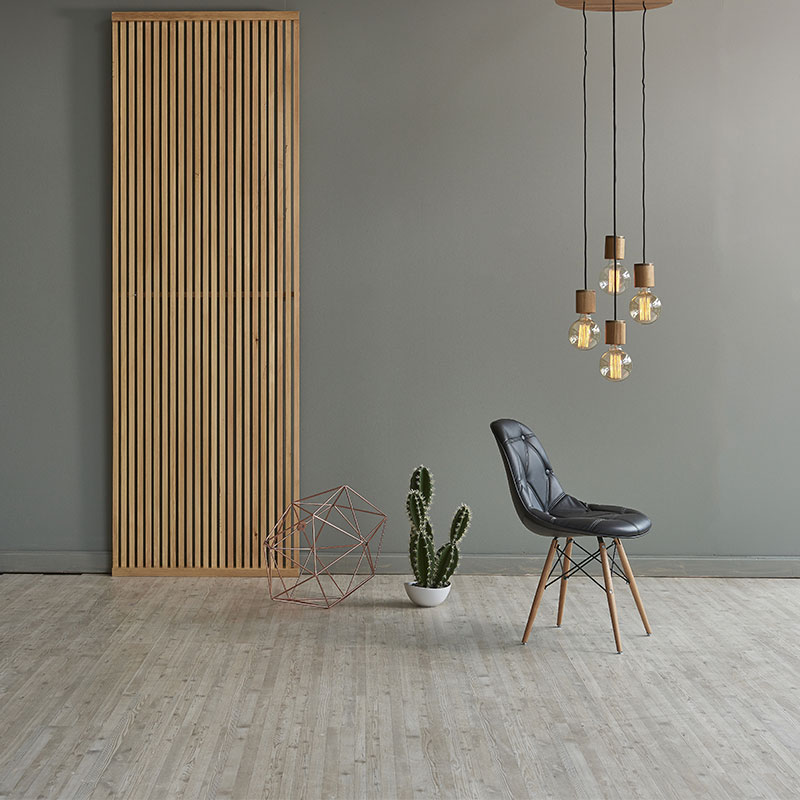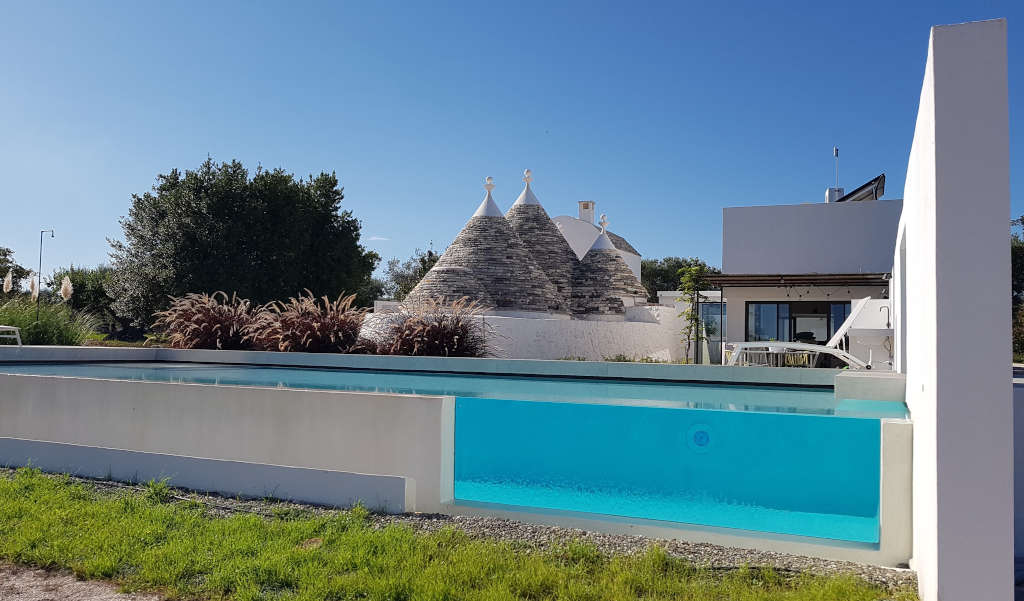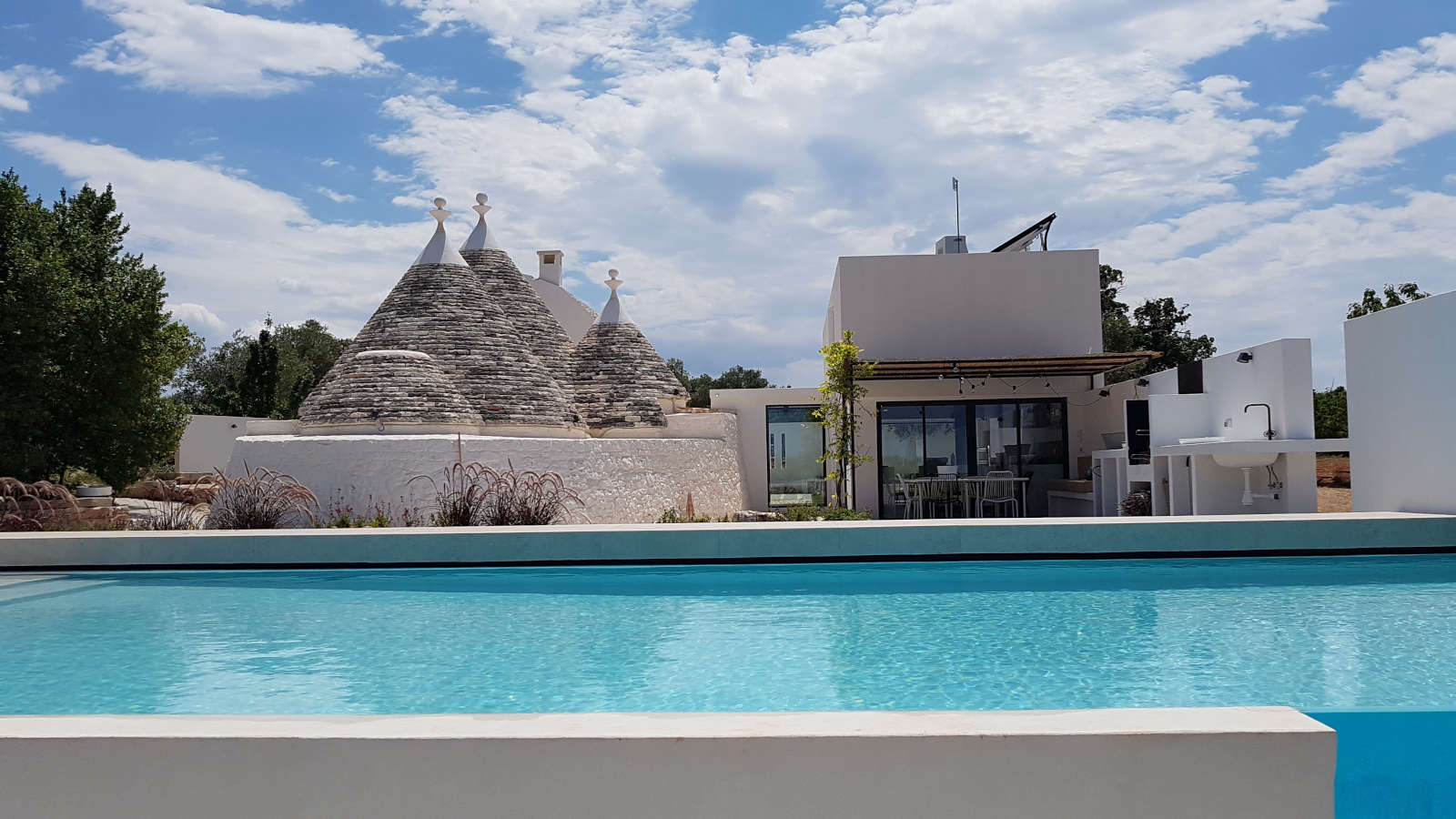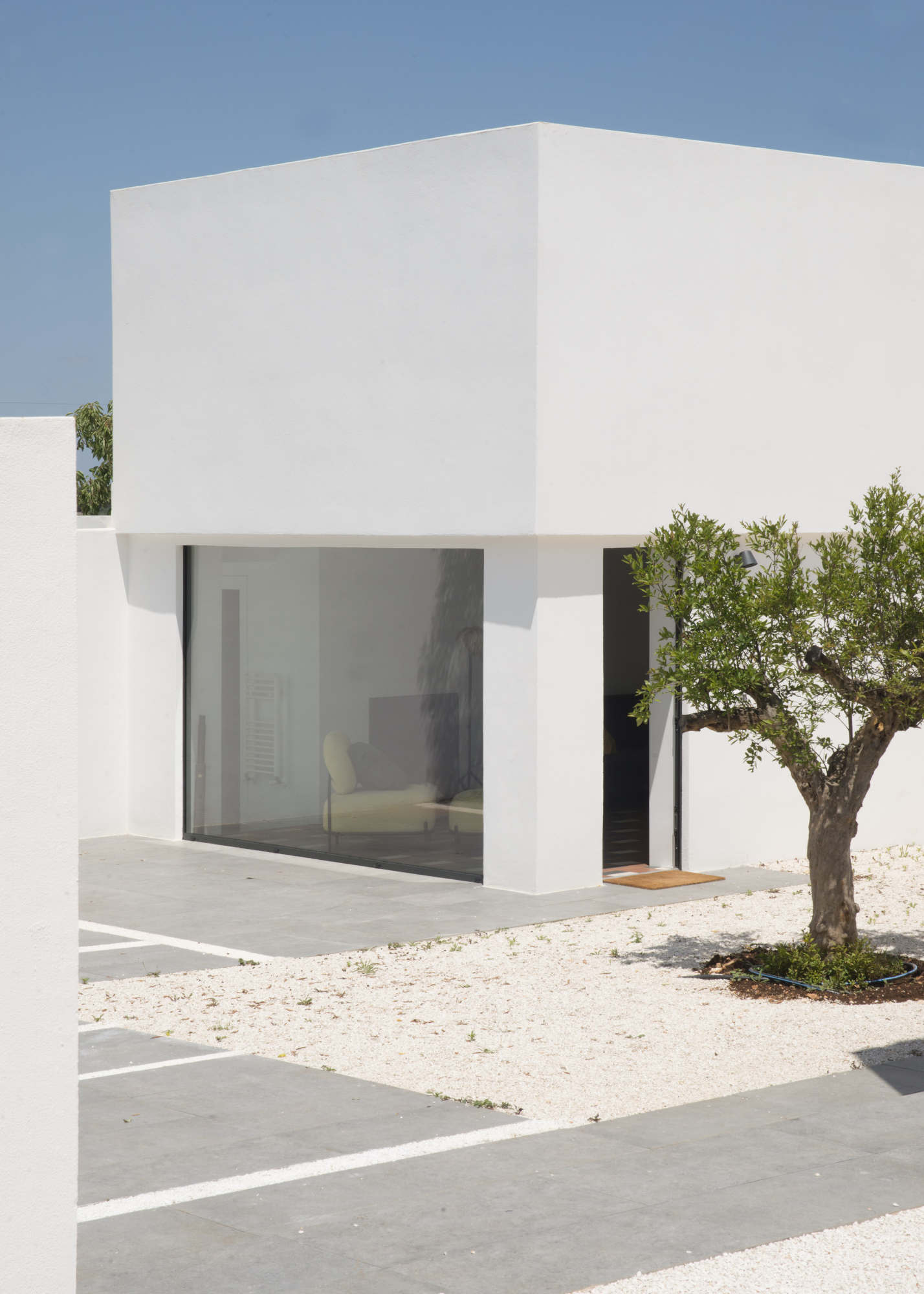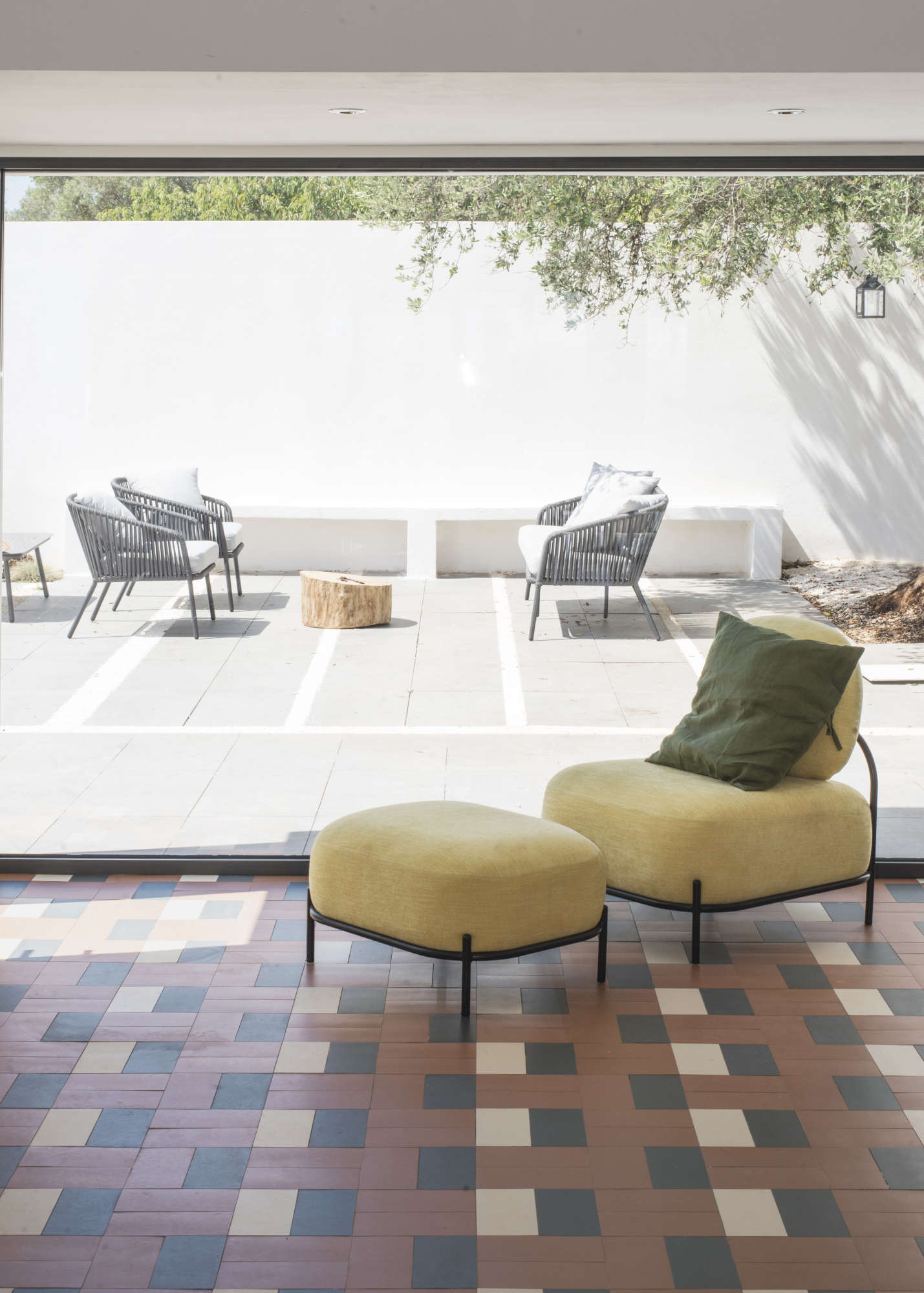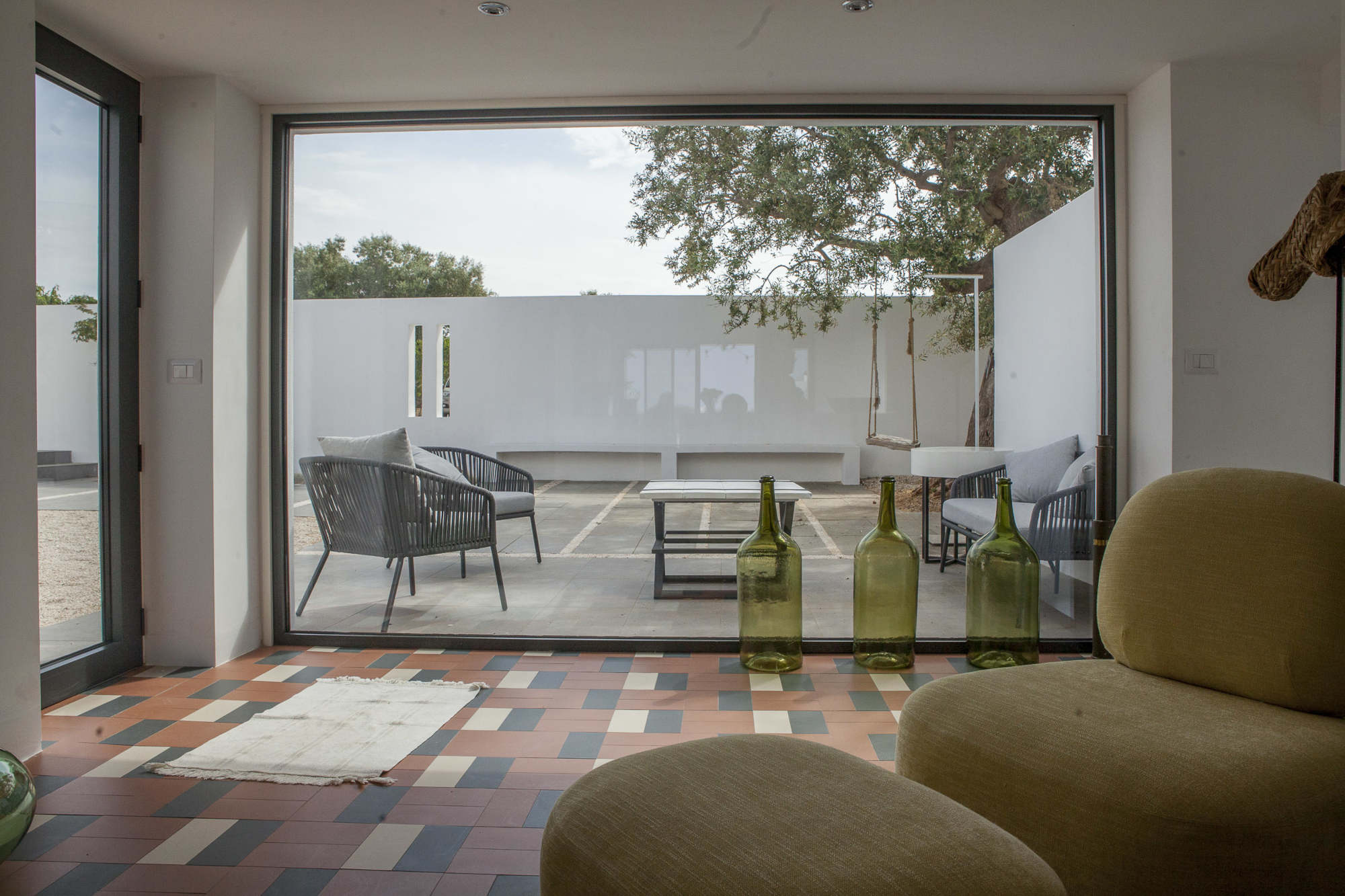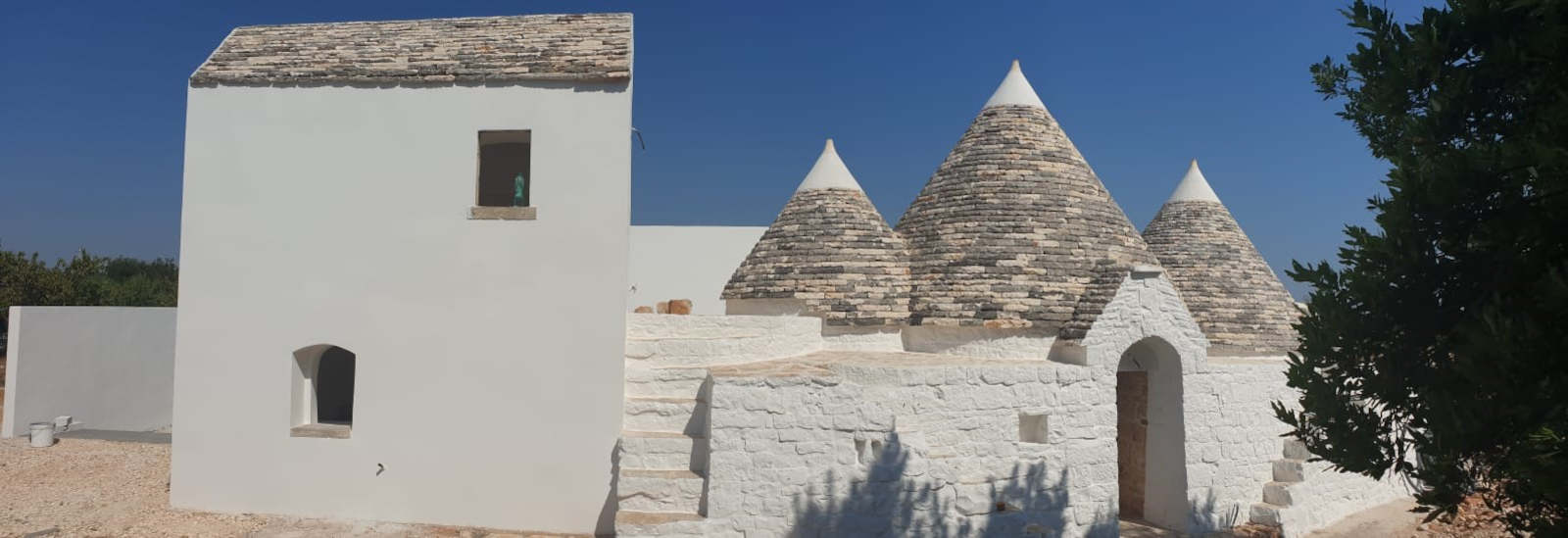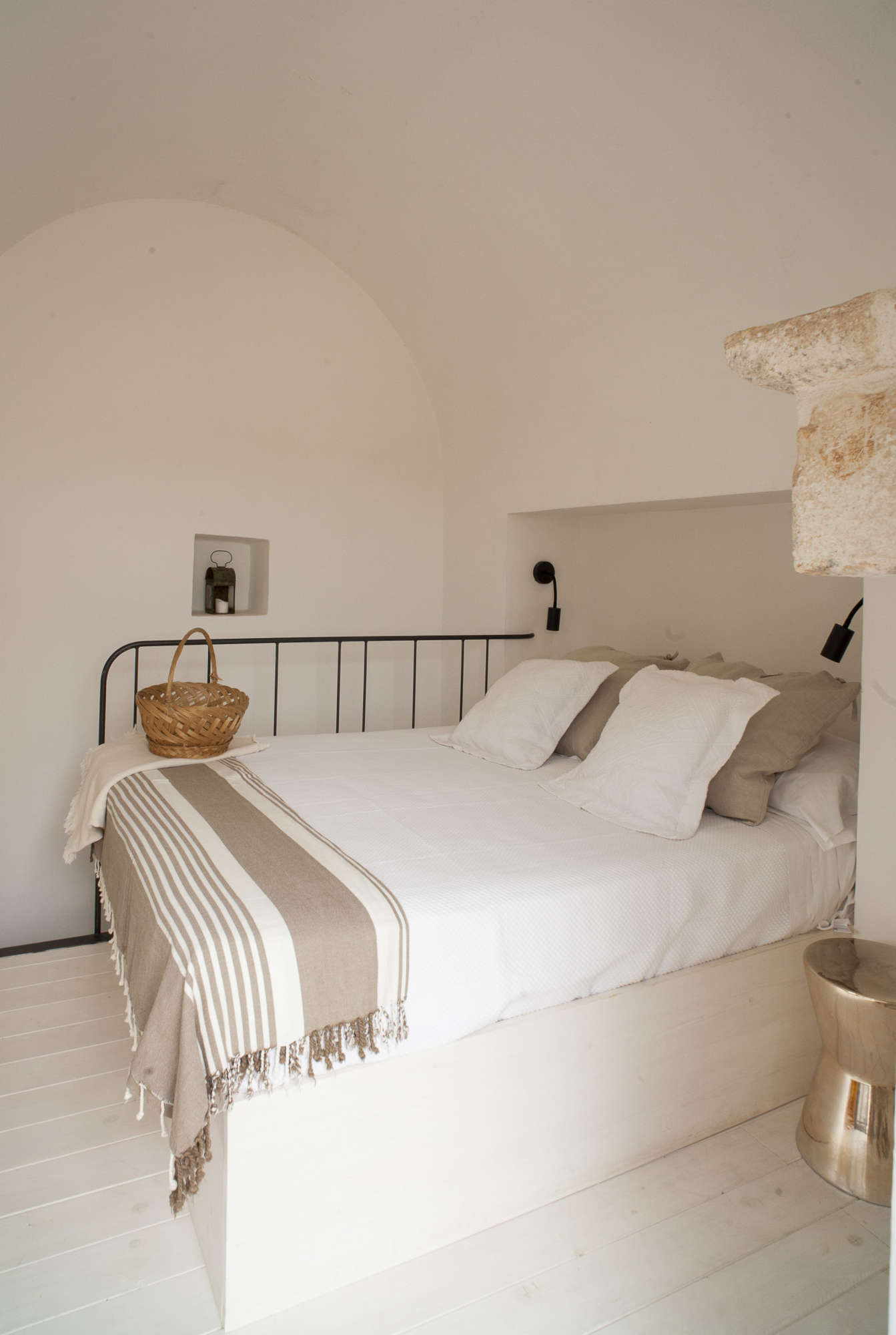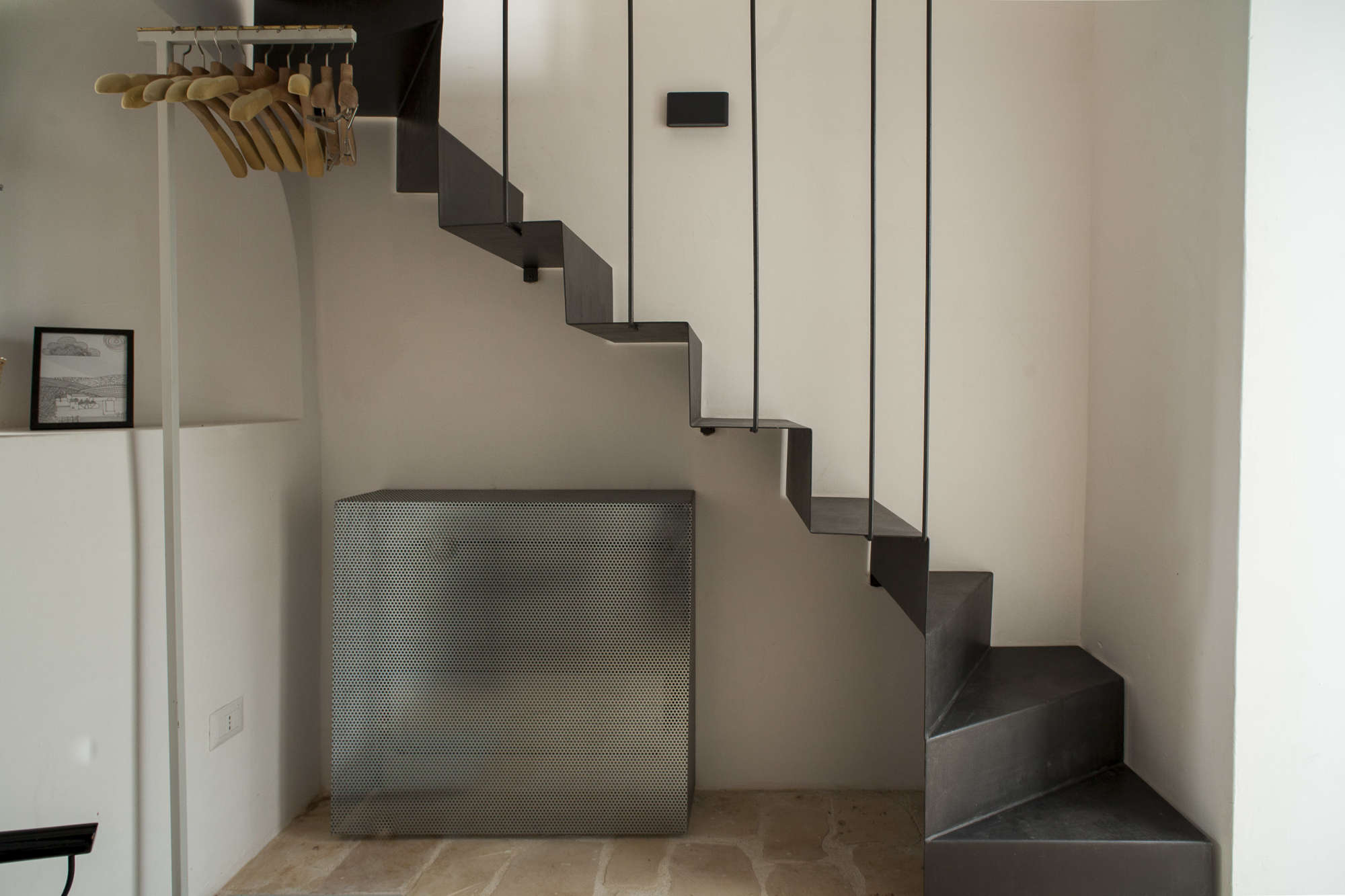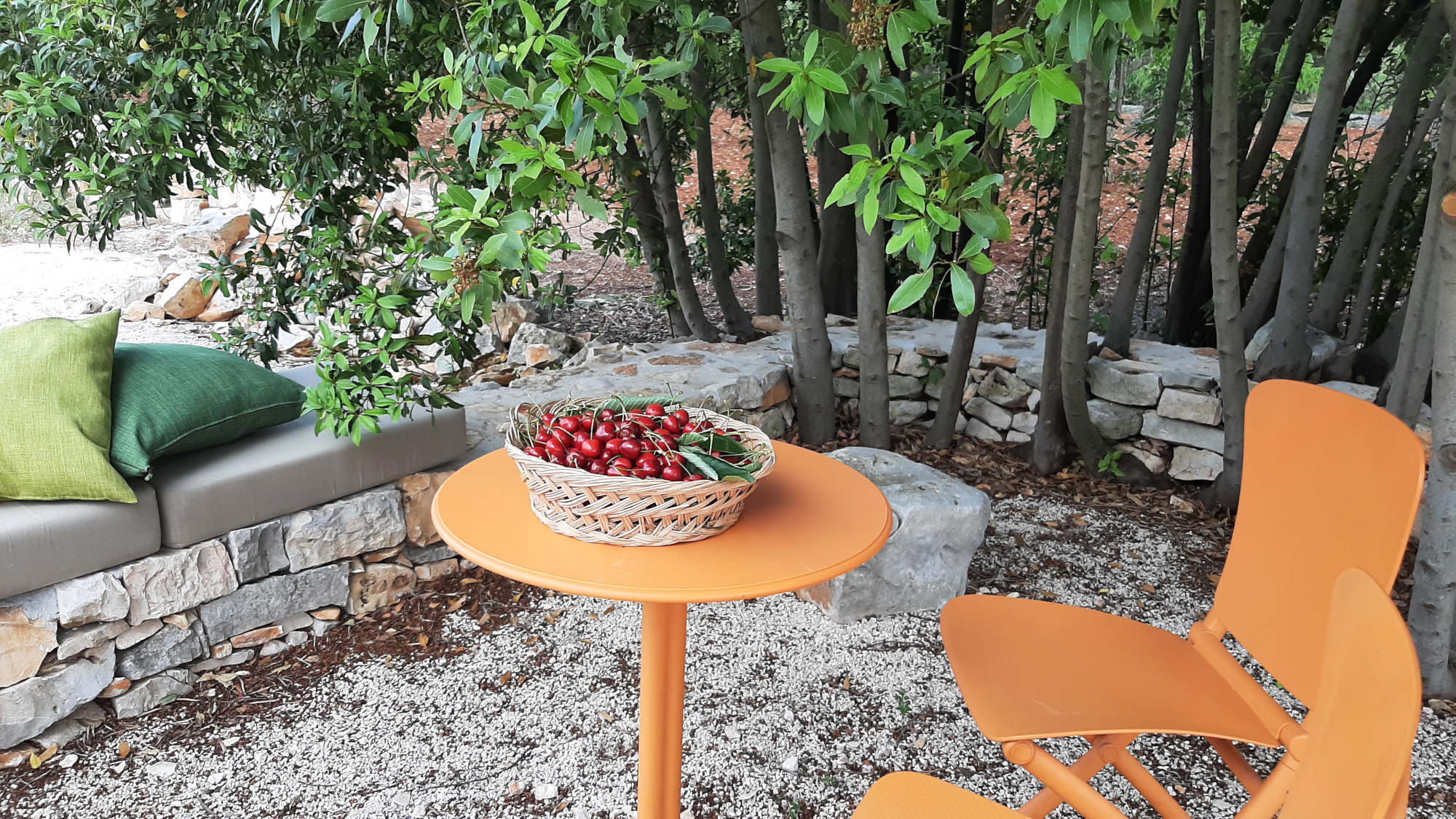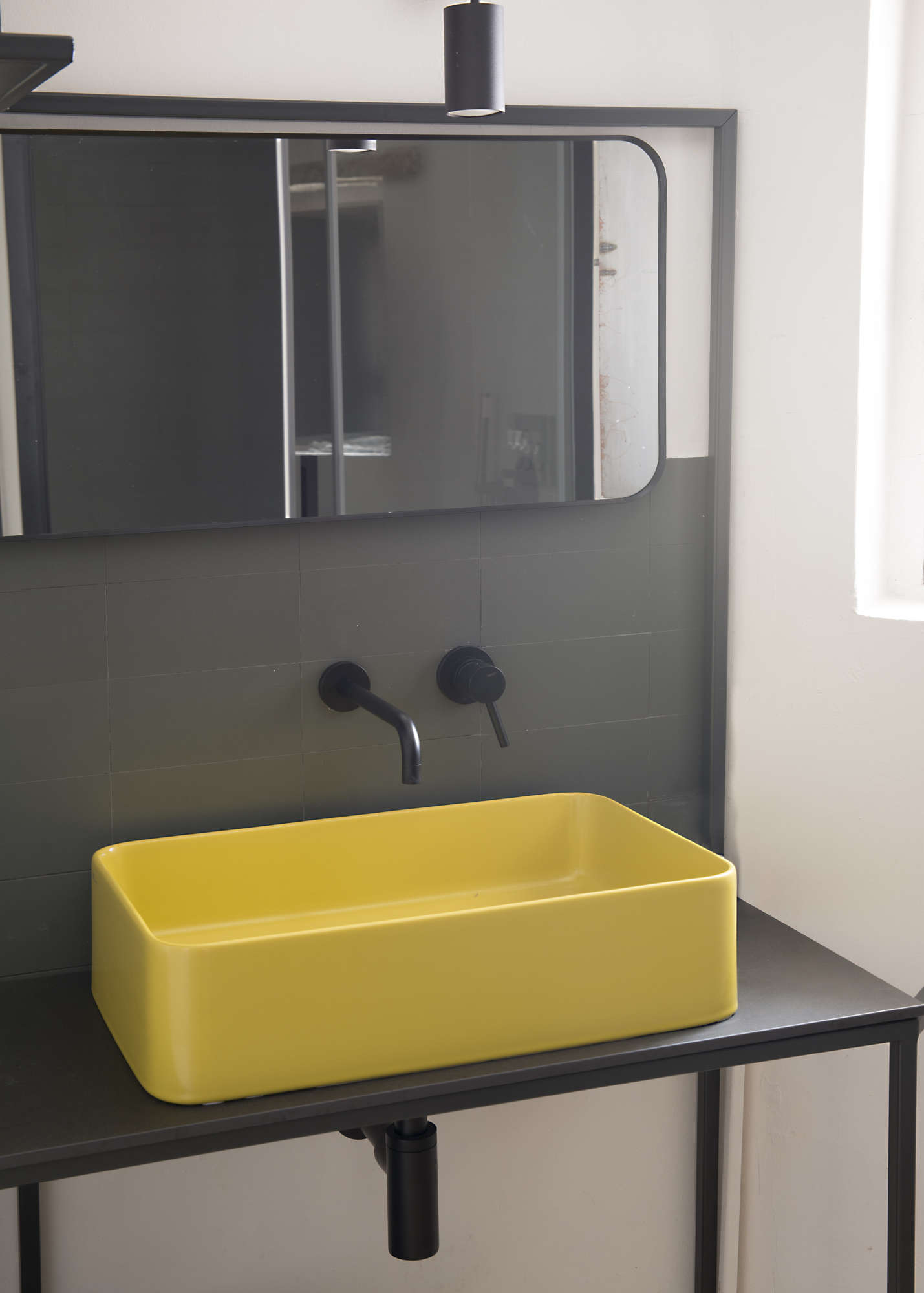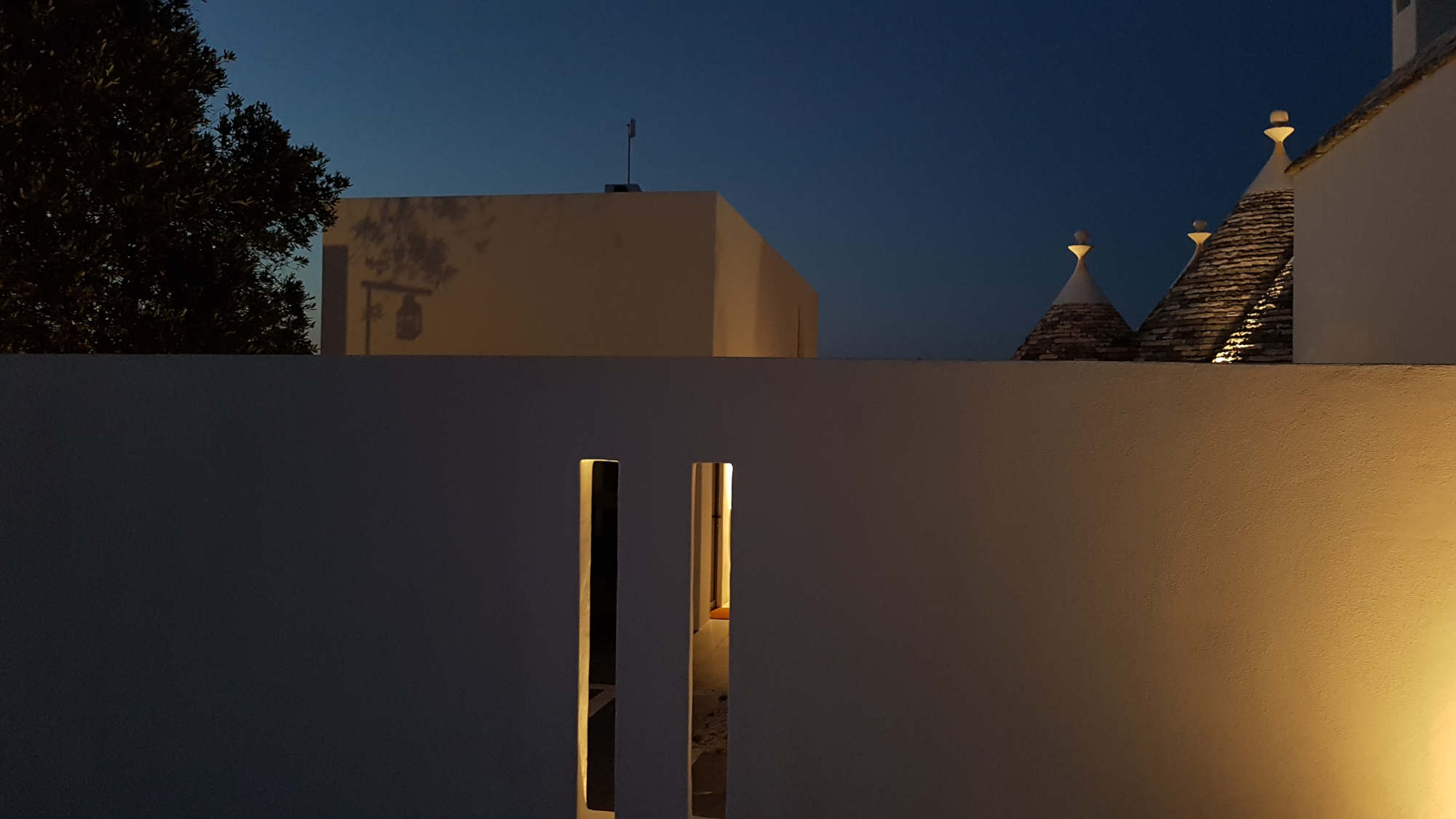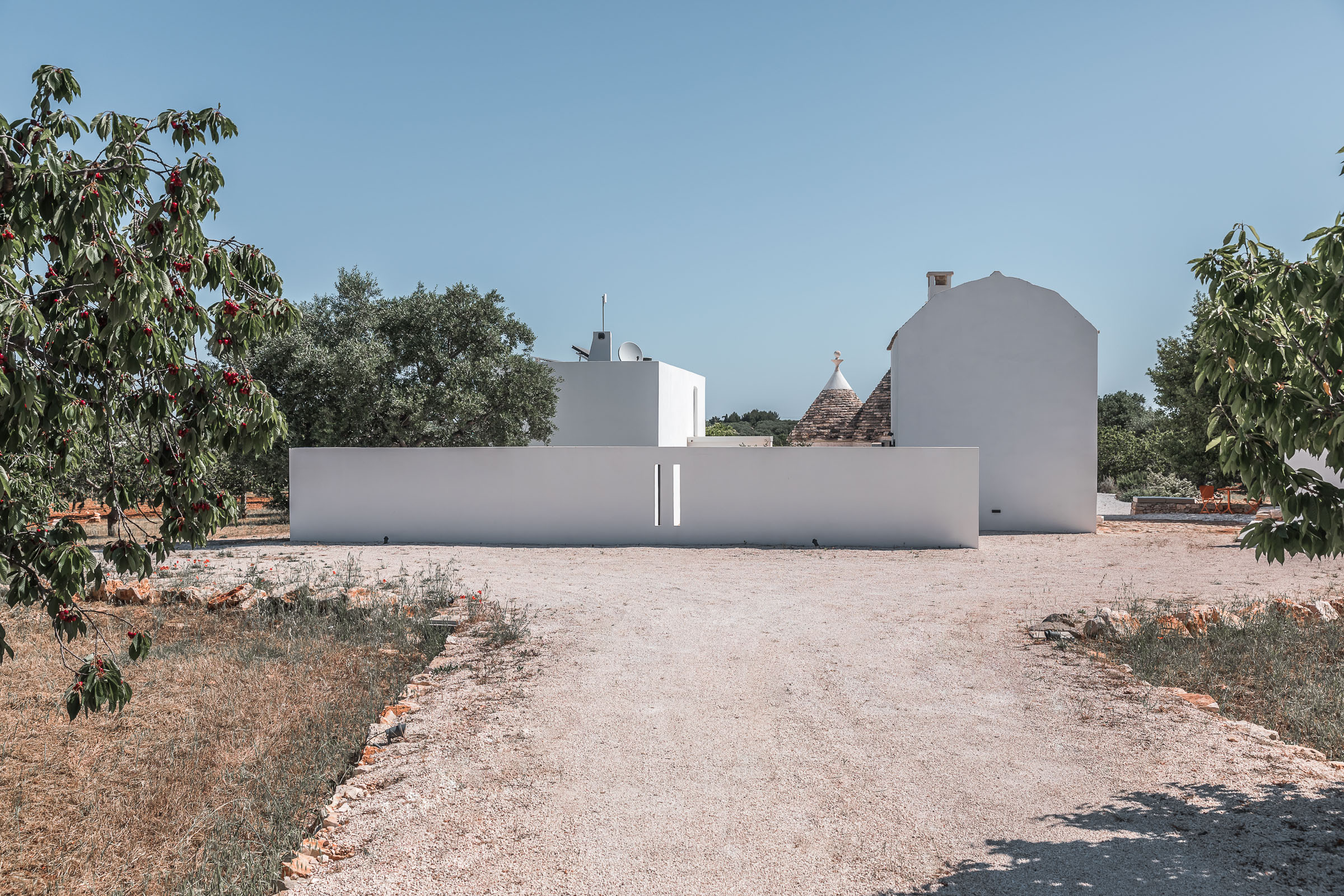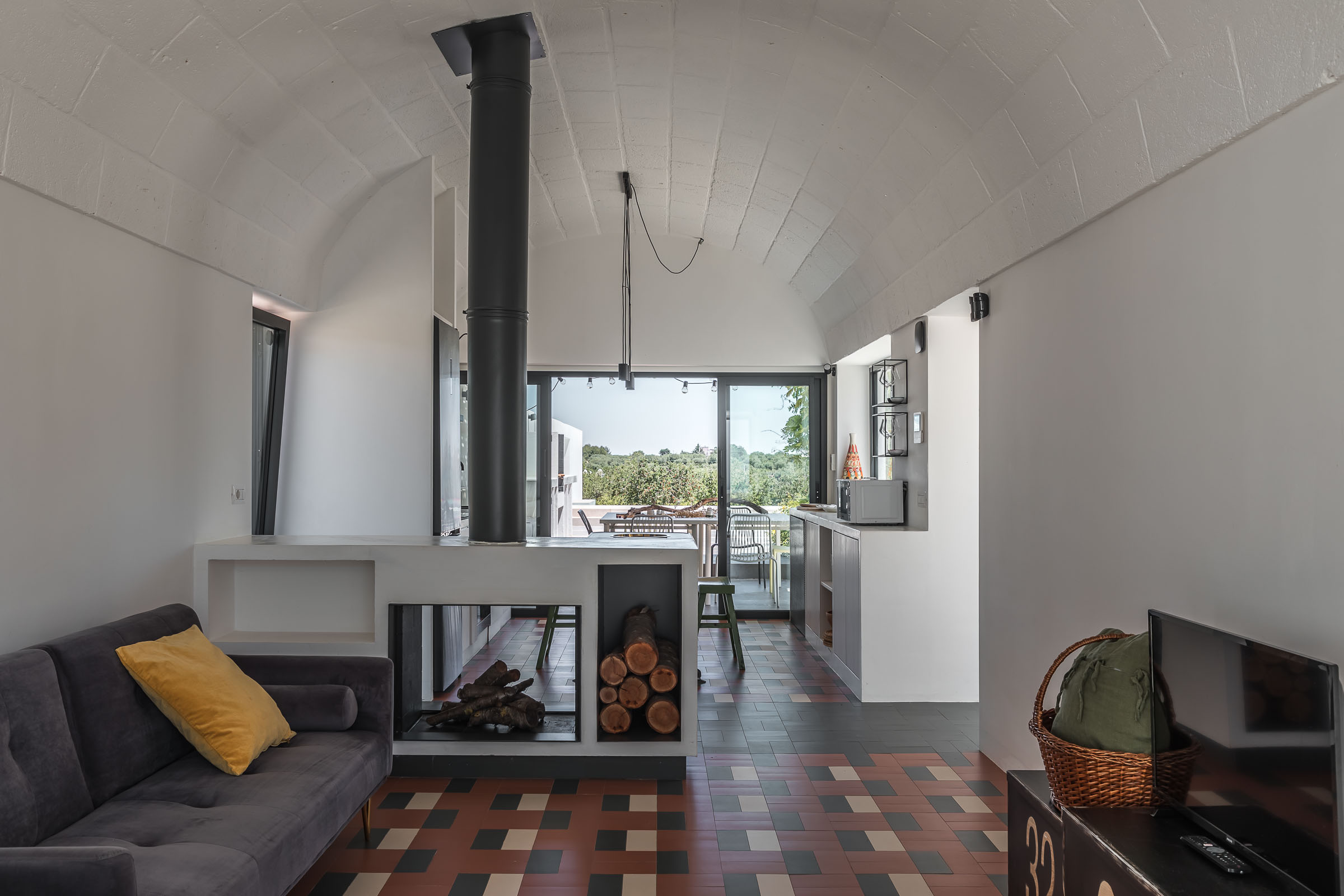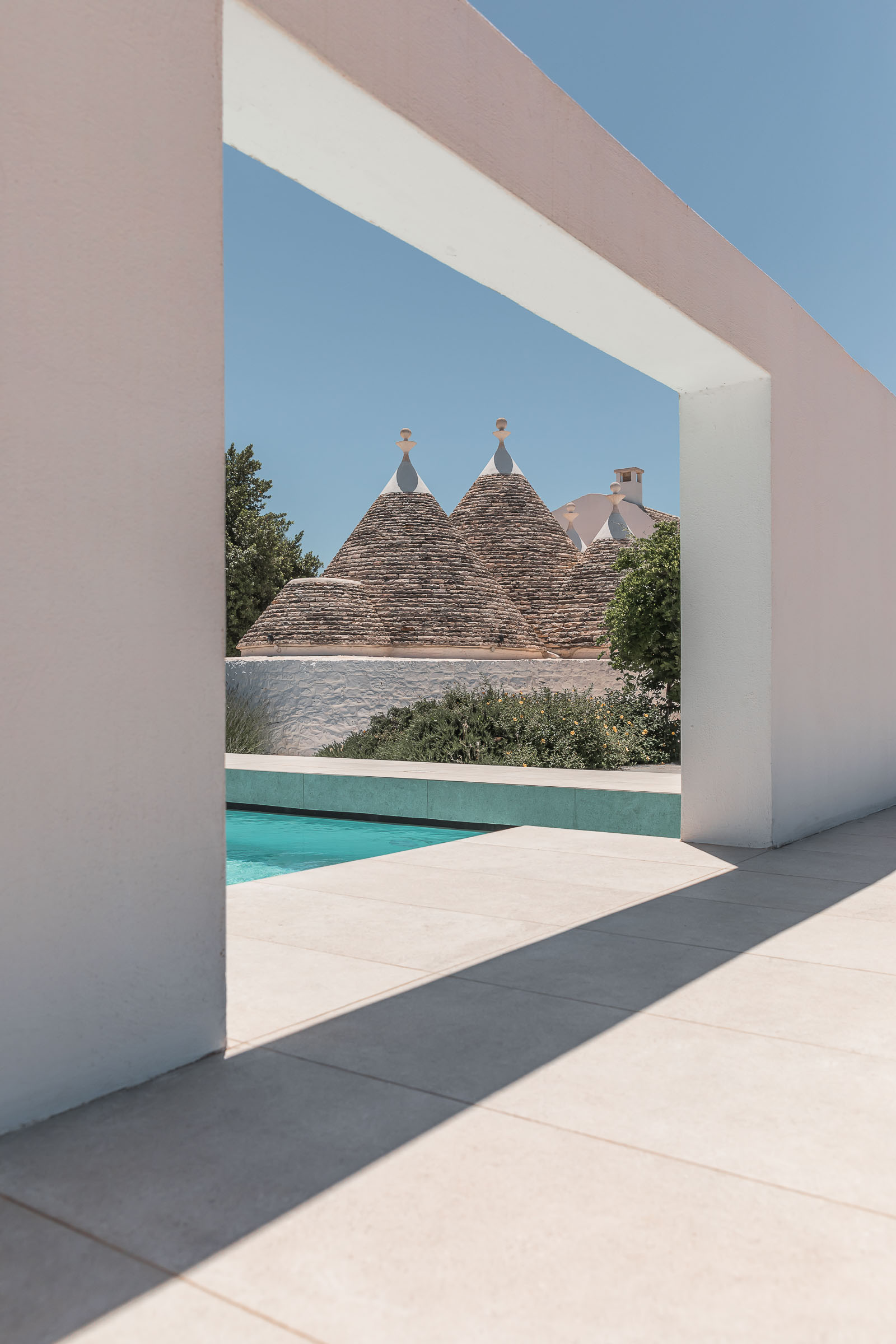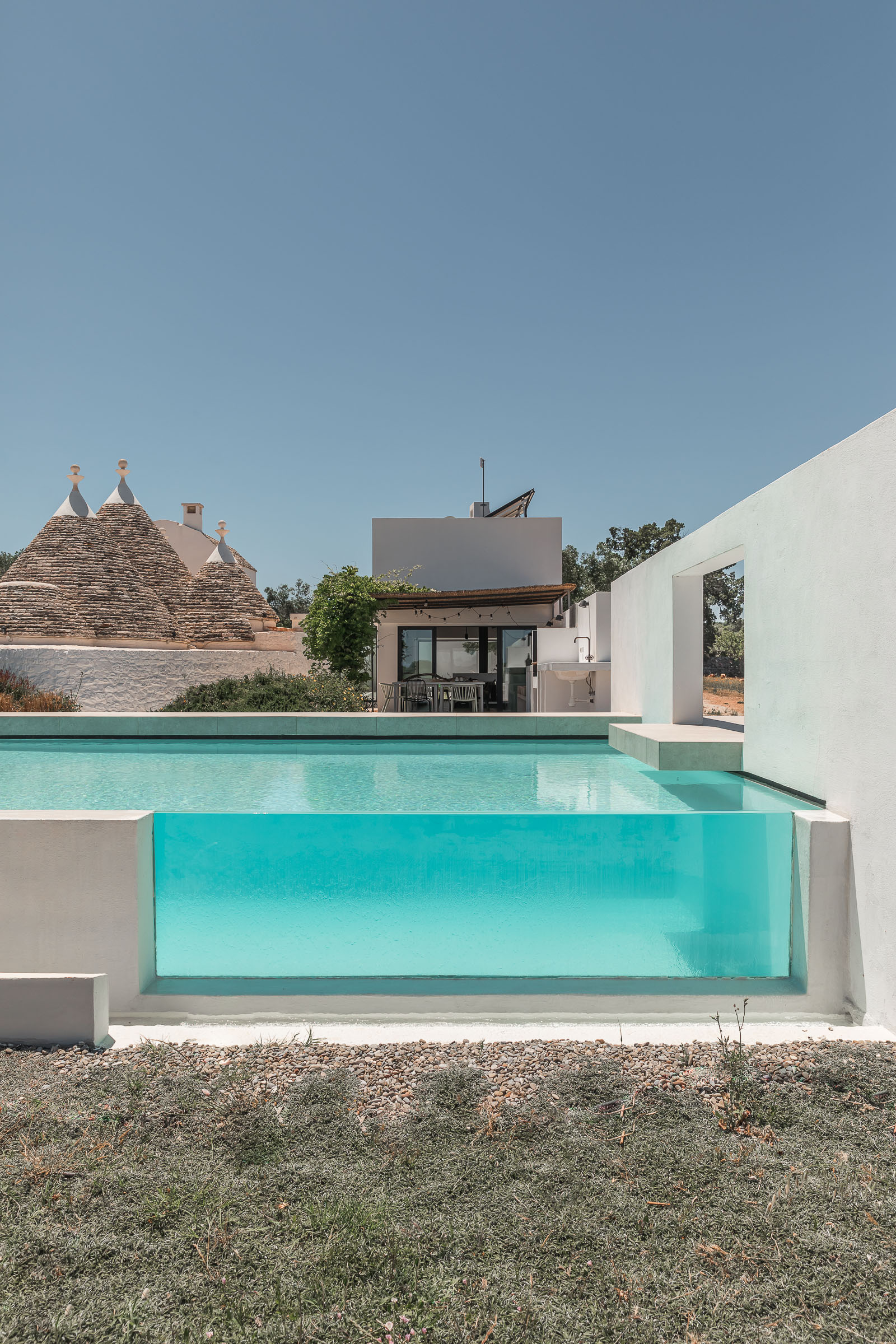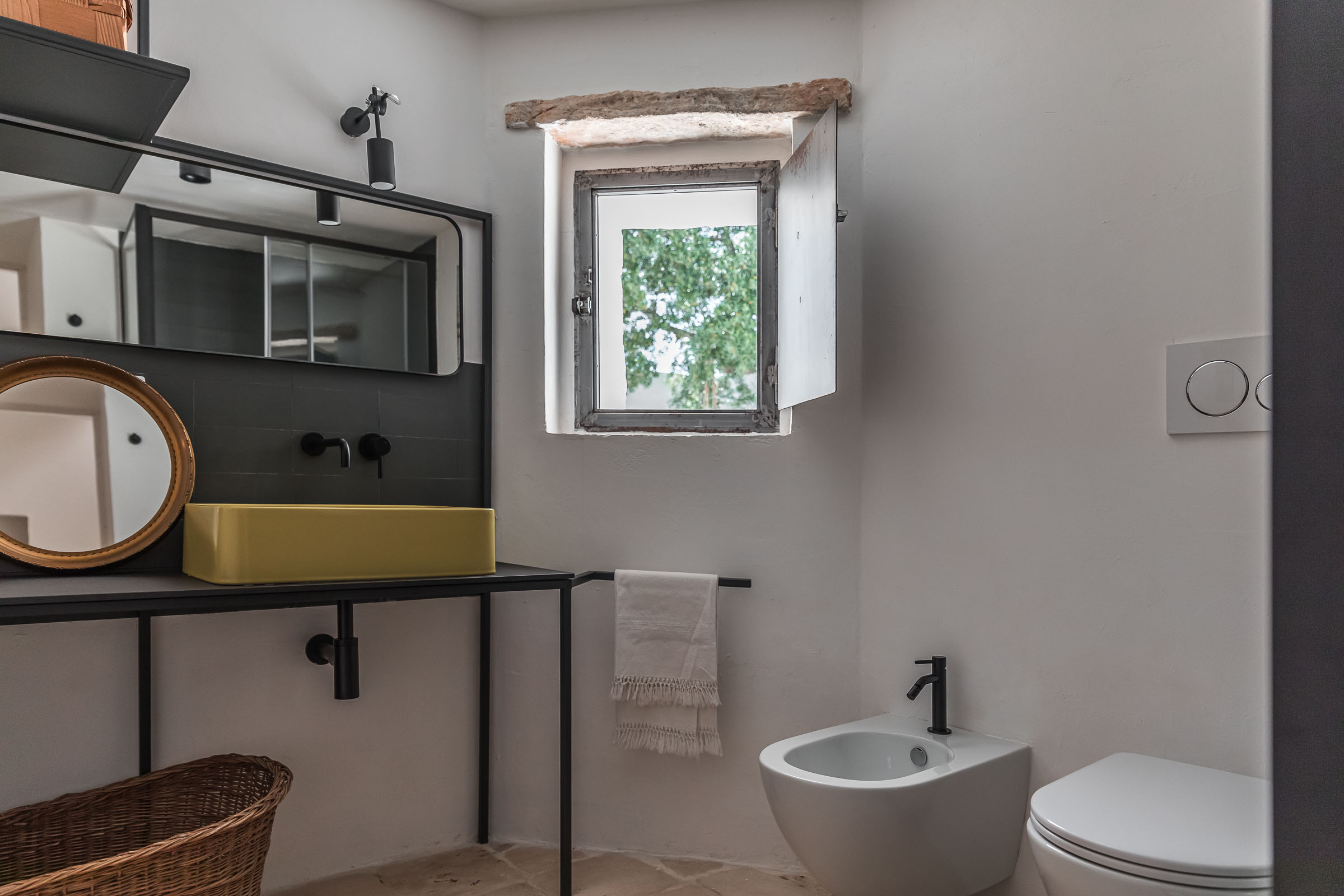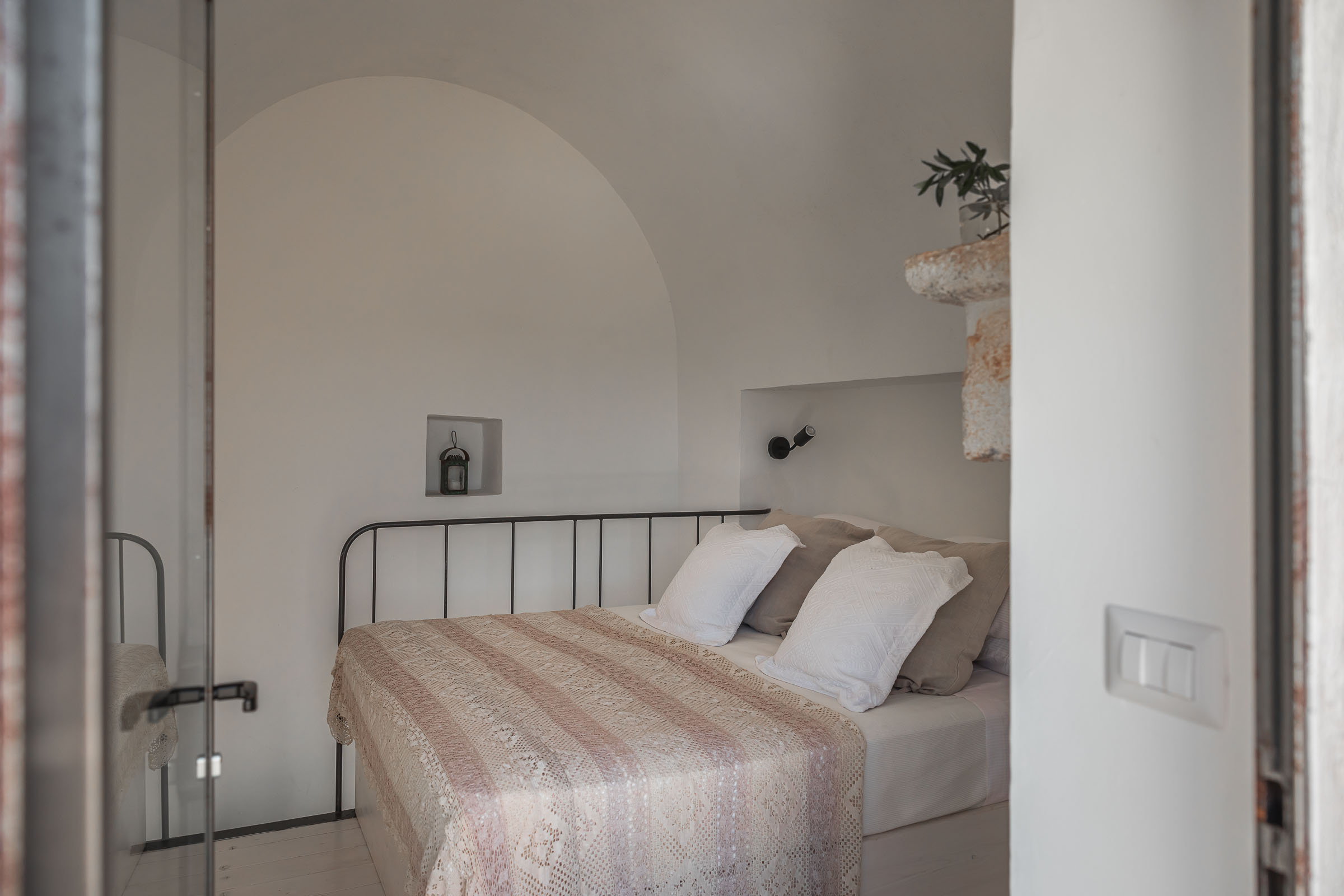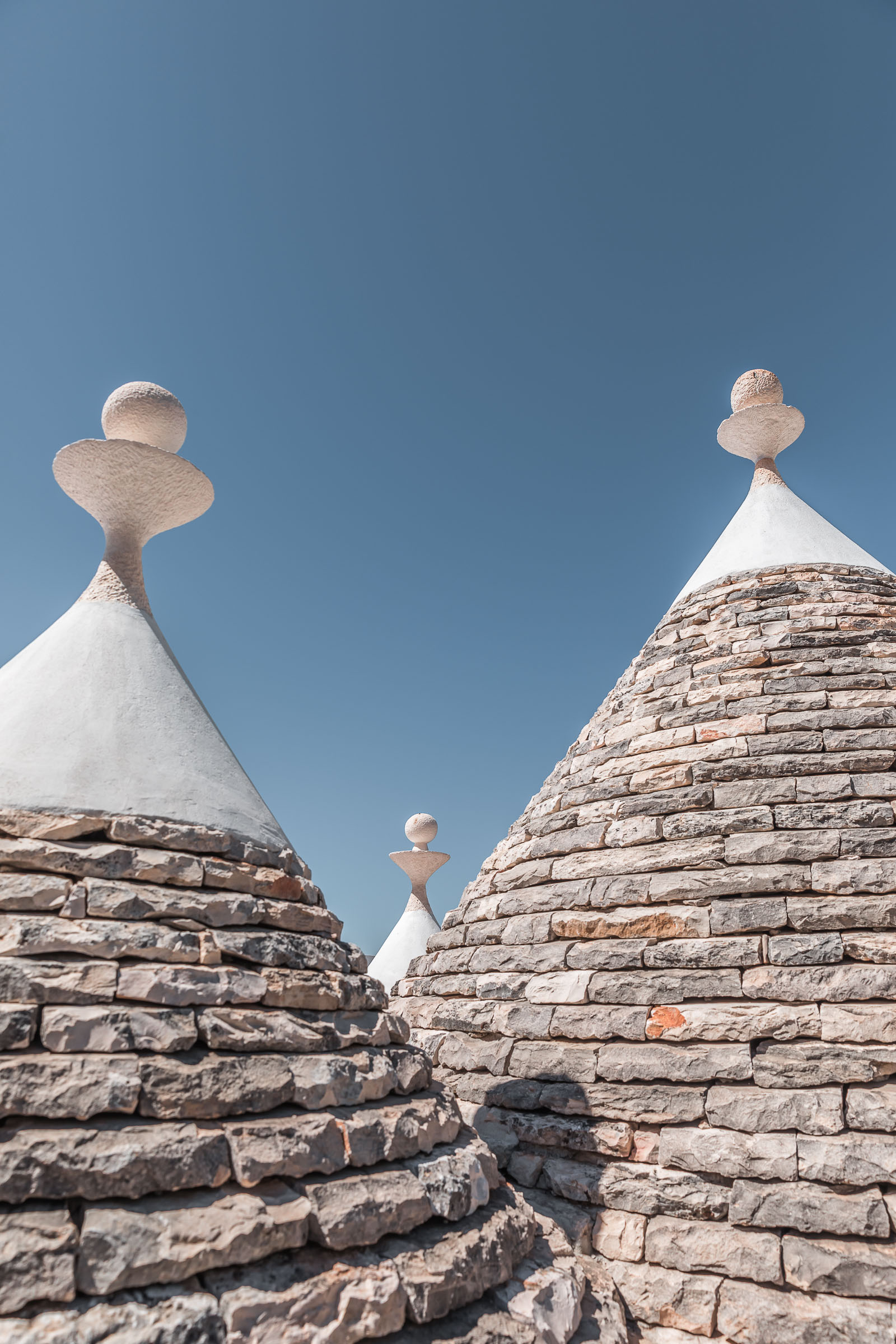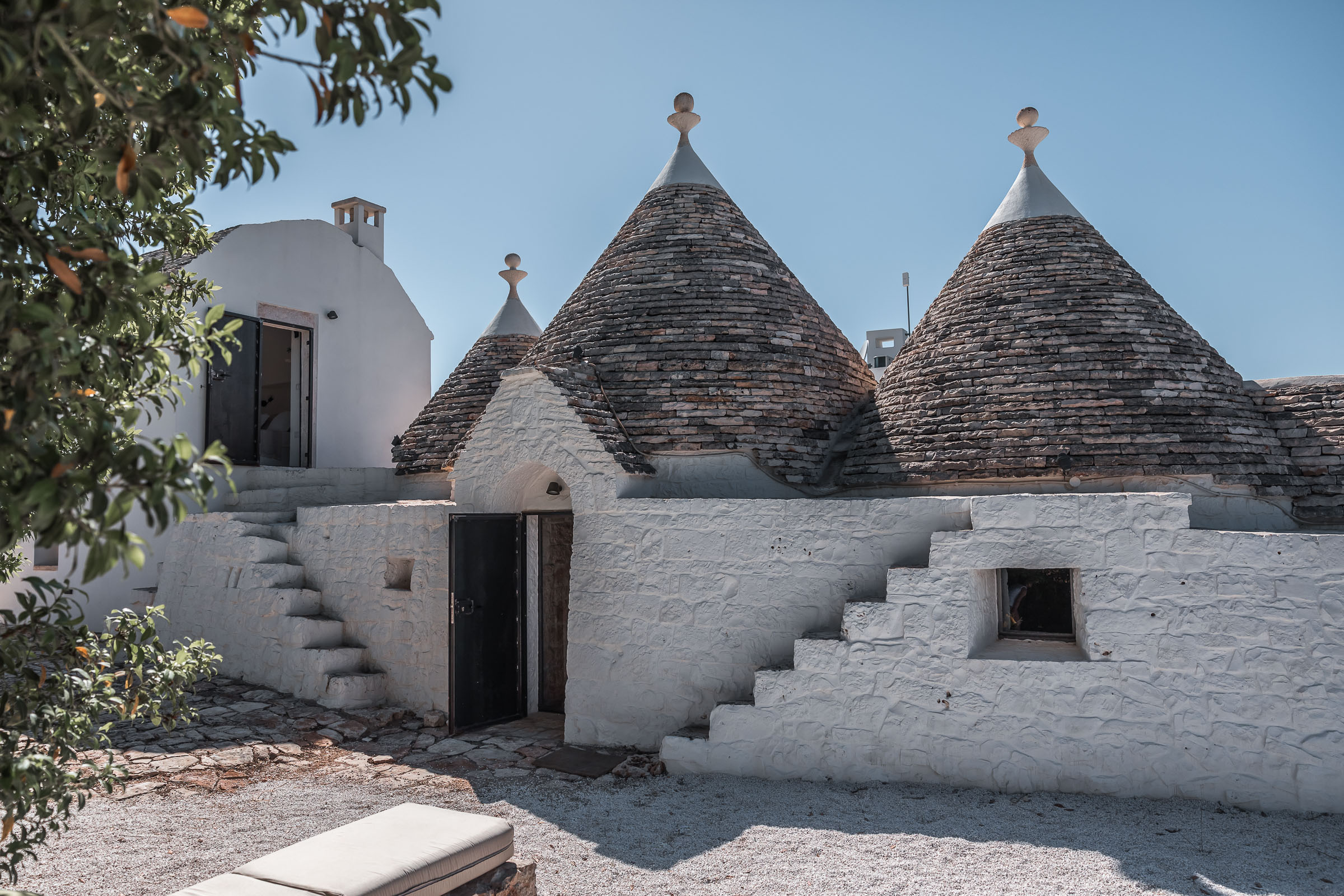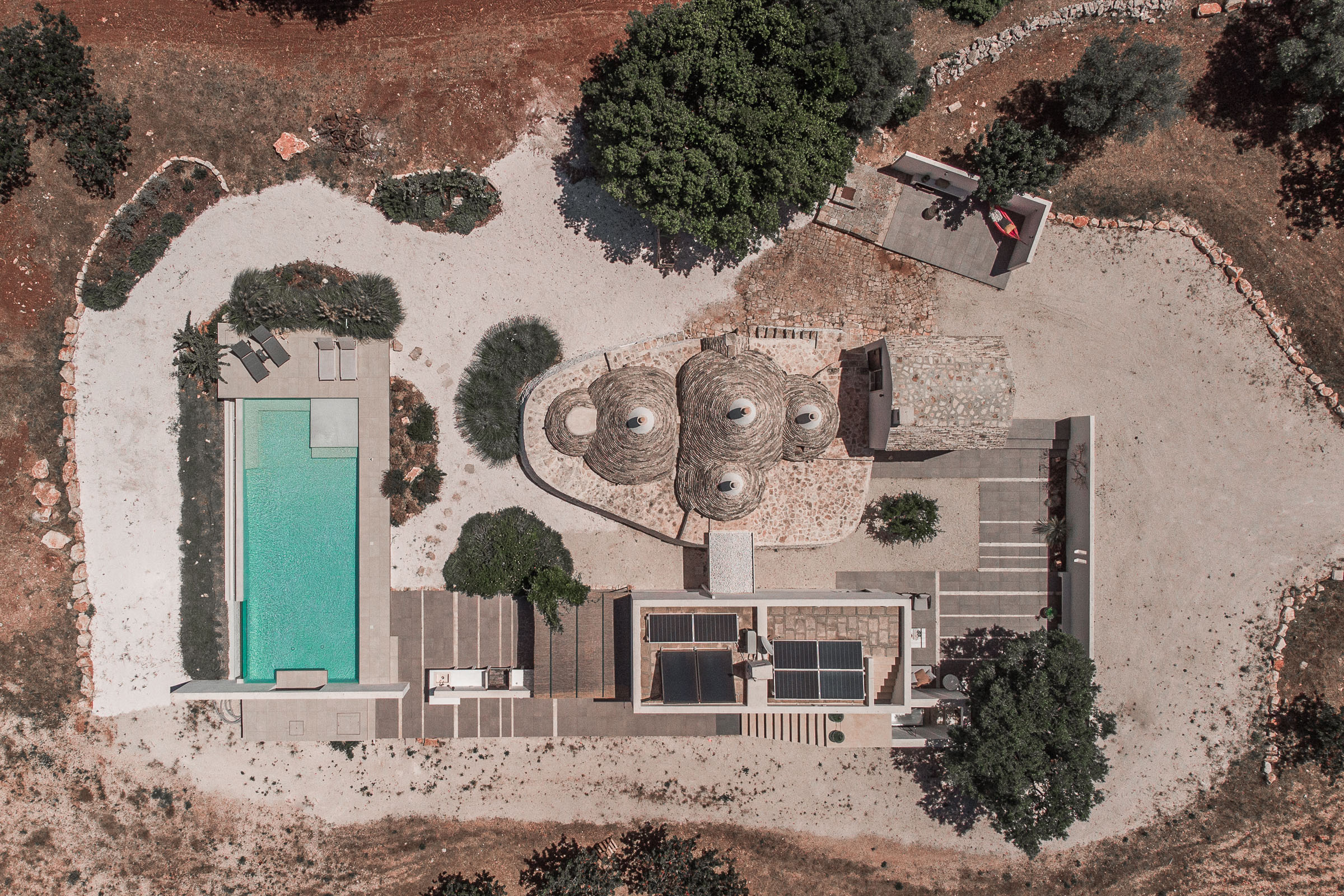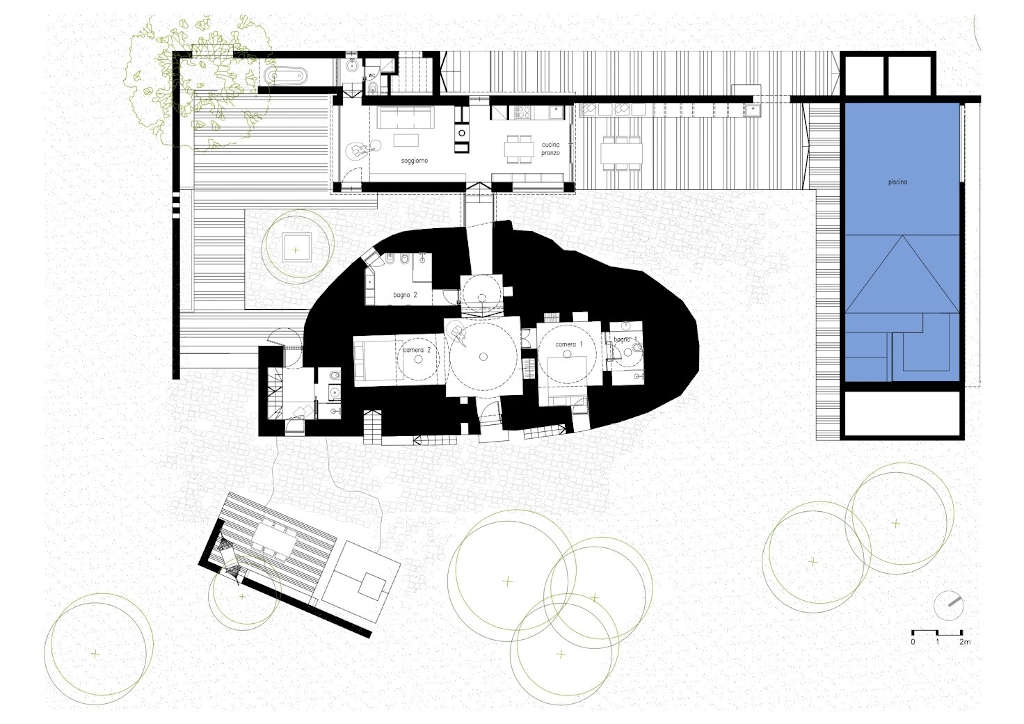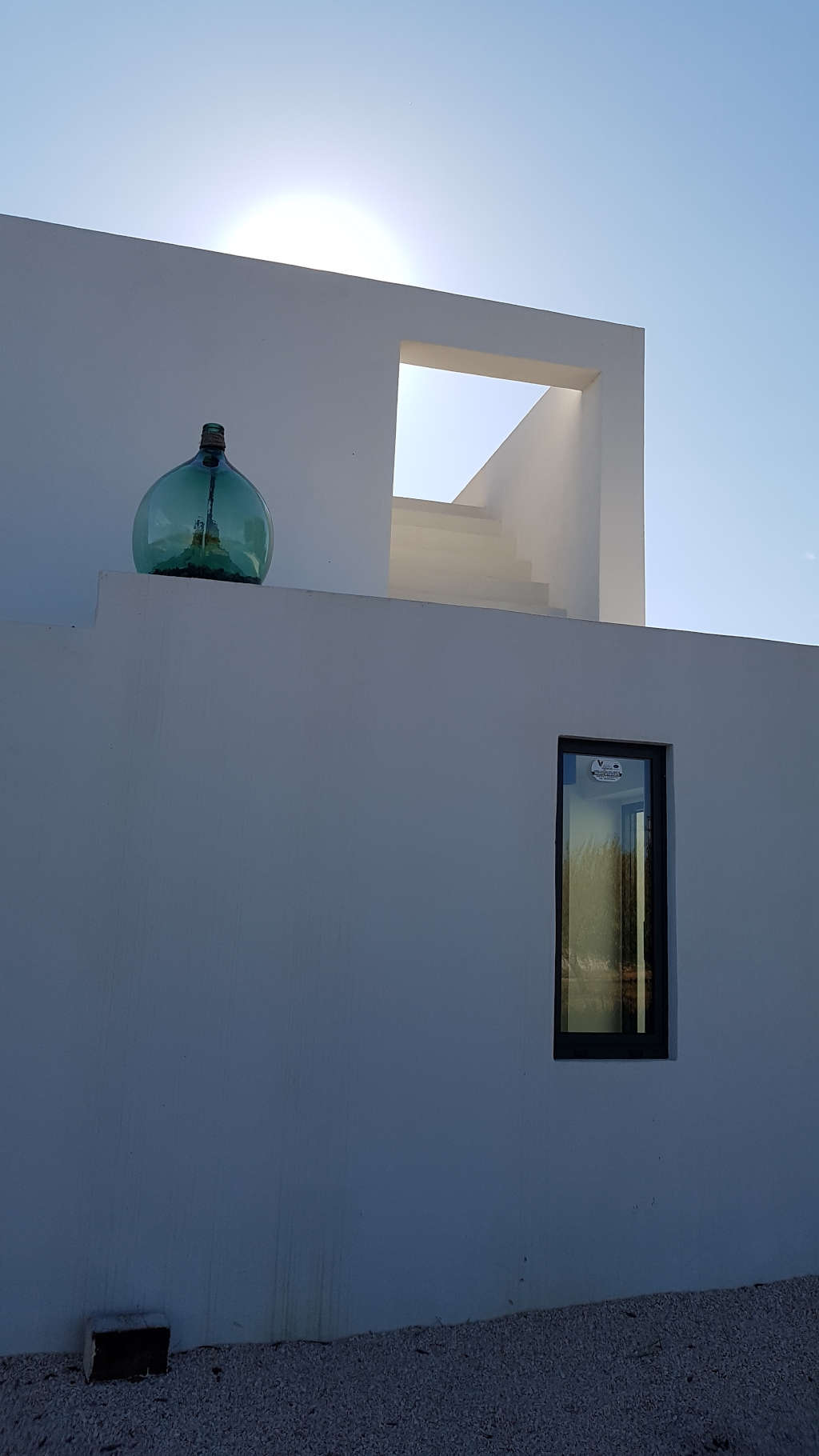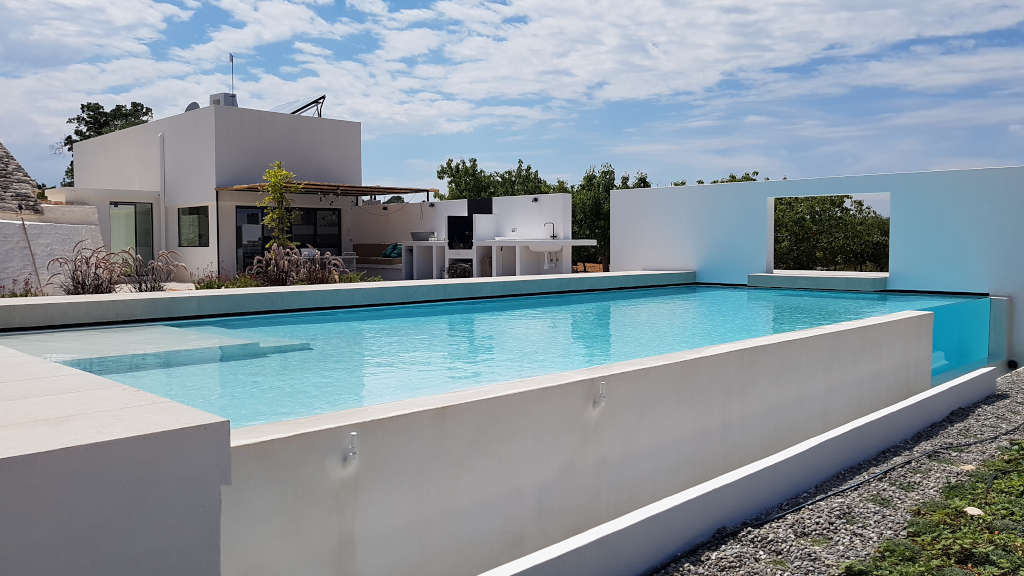The Apulian trulli represent the typical example of preserved rural architecture, as well as a living trace of a history that dates back to the 16th century.
With their pinnacles of ancient memory and conic-shaped roofs, the trulli represent Puglia and the Itria Valley, delivering a fairytale image of this region.
When we finally decided to buy them, we knew we wanted a home that would minimize its environmental impact. To do so, we restored the trulli applying the original building techniques, following an energy saving strategy for all installations and preserving all tree species present on the plot, especially where the new extension was built.
The heart of the project, in fact, focuses on a centuries-old olive tree chosen as a hinge between the old and the new. The ancient trulli and modern extension talk to each other through the semi- private outdoor spaces, sheltered by the surrounding walls.
The olive tree, placed in the centre of the internal patio, almost becomes a sculptural element that stands out against the white canvas of the lime
walls.
From a ruin abandoned for several decades and invaded by vegetation, a beautiful house was born that combines ancient and modern, the result of the merger between the skilful restoration of the trulli and the modern annex extension.
Taking advantage of the thermal characteristics of the thick stone walls, the 3 bedrooms have been allocated inside the trulli, while the living area occupies the modern part.
The “telescope” structure of the latter visually connects the outdoor area of the swimming pool and solarium with the intimate internal patio.
The house is surrounded by ancient cherry and olive trees. The internal and external spaces communicate serenity, intimacy and at the same time surprise with their volumes and colors.
The marvelous light of Puglia is found in the white lime of the walls, in the color of the red soil, in the blue sky and in the twisted trunks of the ancient olive trees.
Today the house is oriented to that same majestic panorama and the Architecture studio Lab36 that designed it, in collaboration with M+T Architetti, has respected every element present in the area by reinterpreting the Apulian culture in a contemporary key.
